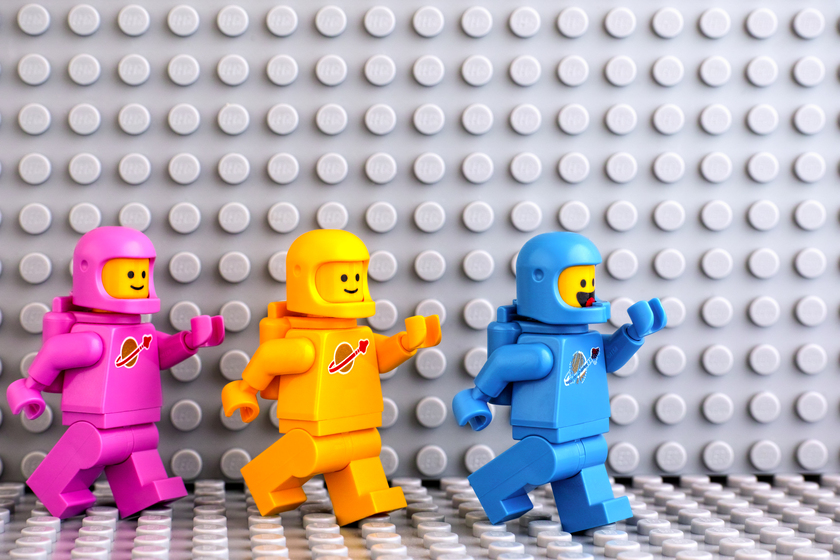Engaging in meaningful activities can greatly enhance the quality of life for individuals living with dementia. Finding activities that provide cognitive stimulation, promote social interaction, and spark joy can be challenging. However, one activity that has proven to be highly beneficial for dementia patients in retirement communities is playing with Lego. In this article, we will delve into the reasons why Lego is considered one of the best activities for dementia individuals, exploring its cognitive and emotional benefits.
Stimulating Cognitive Abilities
Lego offers a unique opportunity for dementia patients to exercise their cognitive abilities. Building with Lego bricks requires spatial awareness, problem-solving skills, and the ability to follow instructions. As patients engage in the process of assembling and manipulating the bricks, they stimulate their memory, attention, and concentration. This cognitive exercise can help slow down cognitive decline and improve mental functioning.
Fostering Creativity and Imagination
Lego is a versatile activity that encourages creativity and imagination. Dementia patients can explore their artistic side by constructing various objects and structures using the colorful bricks. This creative outlet not only provides a sense of accomplishment but also allows individuals to express themselves in a non-verbal manner. Engaging in imaginative play with Lego can spark memories, trigger storytelling, and provide an avenue for self-expression.
Promoting Social Interaction
Social engagement is crucial for individuals living with dementia, as it helps combat feelings of isolation and depression. Lego can be a social activity, encouraging patients to interact and collaborate with others. Whether it’s building together with family members, friends, or fellow residents in a retirement community, Lego provides a shared experience that fosters connection and builds relationships. The collaborative nature of Lego play can facilitate communication, encourage teamwork, and create a sense of belonging.
Providing Sensory Stimulation
Lego’s tactile nature offers valuable sensory stimulation for dementia patients. The act of handling and manipulating the bricks engages the senses of touch and motor skills. The different textures, shapes, and sizes of the Lego pieces provide a multisensory experience that can evoke memories and stimulate cognitive connections. This sensory stimulation can be calming, reduce anxiety, and enhance overall well-being.
Cultivating a Sense of Accomplishment
Completing a Lego project, whether it’s a small structure or a more complex creation, can instill a sense of accomplishment and pride in dementia patients. As they see their efforts come to life, it boosts their self-esteem and provides a tangible reminder of their capabilities. The satisfaction of completing a Lego build can enhance mood, improve self-confidence, and promote a positive outlook.
Conclusion
Lego is undeniably one of the best activities for dementia patients in retirement communities. Its cognitive benefits, such as stimulating cognitive abilities and fostering creativity, combined with its ability to promote social interaction, provide sensory stimulation and cultivate a sense of accomplishment, make it an ideal activity for individuals living with dementia. Incorporating Lego into dementia care programs can enrich the lives of patients, enhance their well-being, and contribute to a more fulfilling and joyful experience within retirement communities.







